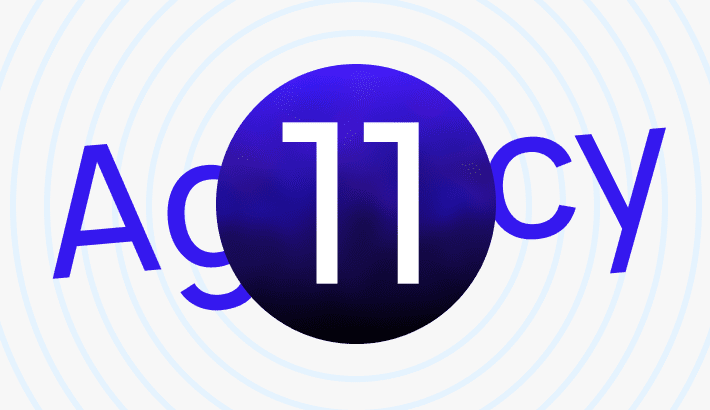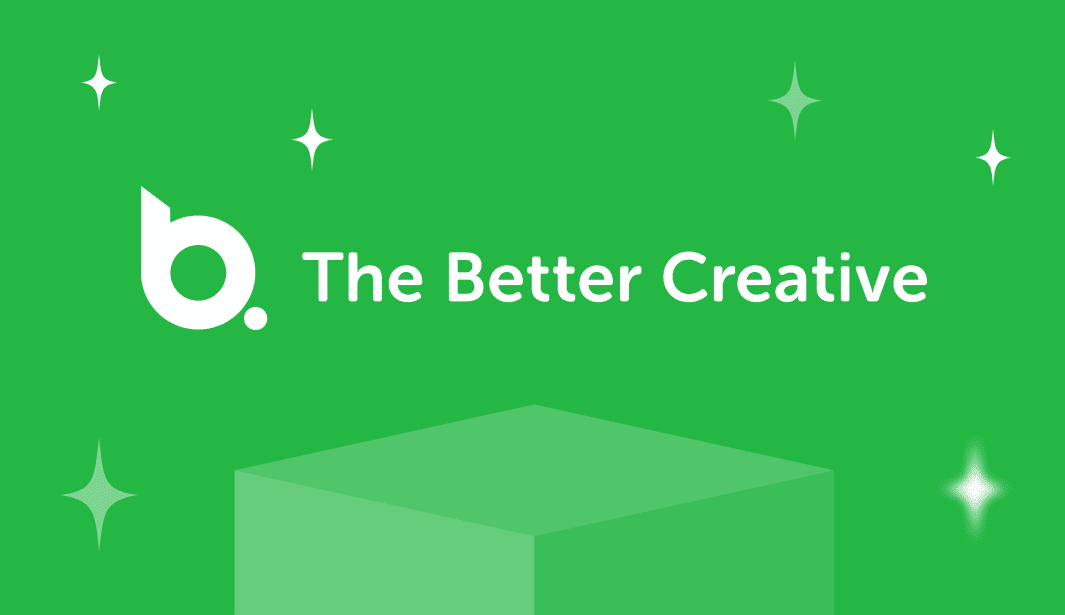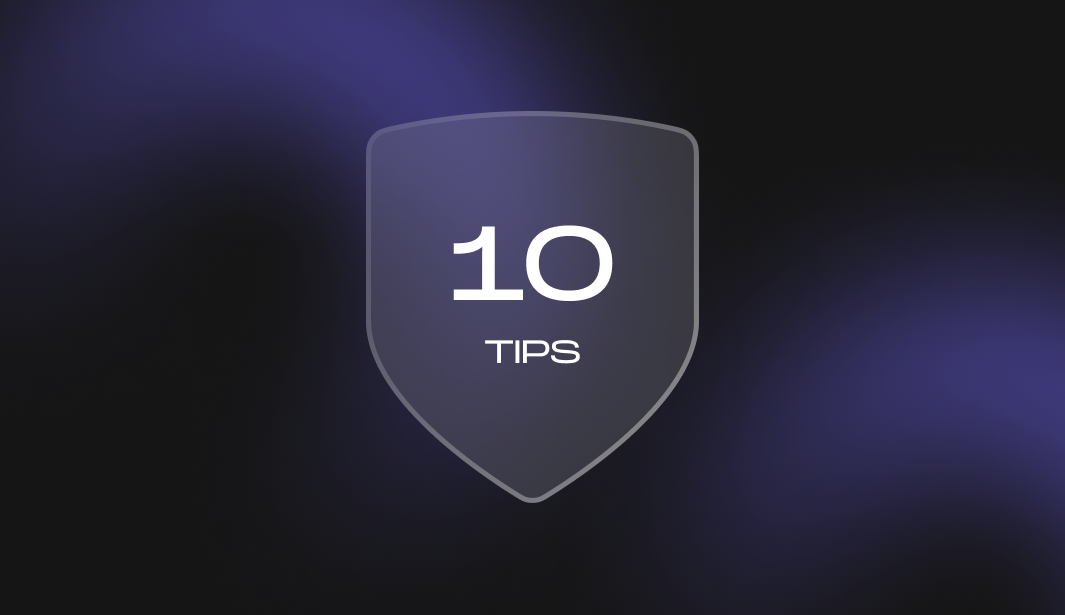The Stripo is studying how teams work in email marketing agencies to understand how Stripo can be more useful to agencies and email marketing subdivisions in simplifying and speeding up workflows. To do this, we communicate with our clients, among whom there are email marketing agencies.
This time, we were interested in improving the workflow of email marketing agencies and processes of communication with clients so that they receive the promised results and recommend you. This article will be helpful to representatives of email marketing and digital marketing agencies since we consider many more aspects of working with clients than just email production.
Interview Expert

In this article, Raymond Chen, founder and CEO of 11 Agency, shared with us his experience setting up workflow at all stages of interaction with clients.
We have collected his experience in the following aspects:
- basic rules for working with clients on the agency’s part;
- basic rules and interactions within the team;
- management and documentation tools.
About 11 Agency
11 Agency is an eCommerce email marketing and SMS agency based in Irvine, California.
They provide full-service email and SMS marketing and one-time flow build-out. The agency offers a holistic approach to email creation:
- craft responsive and engaging emails tailored to resonate with the brand's audience;
- manage the sending process, optimizing for deliverability and timing to ensure maximum engagement.
Types of clients and the difference in email marketing strategies for them
Among the 11 Agency’s clients are companies working in such areas as sports, food & beverage, and the pet industry. Conventionally, they can be divided into two groups: brands from the Consumer Packaged Goods (CPG) sector and non-CPG brands.
When developing email marketing strategies for brands in each group, their characteristics must be considered.
The inherent advantage of CPG brands in email marketing lies in their recursive nature. The frequent need or desire for repurchase, whether it's a favorite snack, a skincare product, or a household item, creates multiple touchpoints for engagement. This cyclical buying behavior allows for consistent and varied communication, making email marketing especially effective.
On the contrary, non-CPG brands, with their extended product lifecycles, might have fewer natural touchpoints, necessitating a more creative and nuanced approach to maintain engagement.
It's important to understand that no two brands are identical. Industry aside, each brand has challenges, audience behaviors, and opportunities.
Stages of communication with the client
For the email marketing strategies developed and implemented for brands by the 11 Agency, as well as each email campaign to solve business problems, clear and understandable communication between partners is significant. That's why we asked Raymond Chen what key points help build effective communication.
The best practices at the start of work
Make the first work plan
The onboarding process begins with an in-depth call to understand the client's needs and objectives. After the first briefing, the agency prepares a preliminary plan detailing goals and strategies for the initial phase of collaboration.
Onboarding call
After clients accept the offer of cooperation and sign a plan, they schedule an onboarding call.
They discuss the entire email marketing spectrum, from automated flows to audience segmentation: their objectives, brand ethos, target audience, past email marketing efforts, and any specific challenges or goals they have in mind.
By the end of this onboarding call, the aim is to have a comprehensive understanding of the client's email marketing landscape. This ensures that strategies align perfectly with the client's vision and expectations.
Communication through the account manager
The account manager is the primary communication facilitator, ensuring that the client is kept in the loop and that their feedback is integrated effectively.
The account manager provides:
- sharing deliverables for review;
- monthly reporting;
- campaign planning;
- the revision process.
11 Agency structured their team into two focused pods. One manager oversees 6 brands, while the other takes charge of 5 brands. This ensures that every partner receives in-depth guidance and support.
Account managers work closely with the strategist, responsible for the overarching direction and milestones set within the engagement plan. This collaboration ensures that while they have a flexible and adaptive approach, there's still a structured framework guiding their efforts.
Communication while working on a project
Throughout the partnership, open communication is paramount. Regular check-ins, feedback sessions, and data-driven refinements ensure that email marketing strategies continually evolve and deliver optimal results.
Regular communication also includes in-depth discussions on strategy, analytics, and technical aspects. When these conversations require a more direct touch, the agency’s manager can:
- initiate partner calls;
- schedule bi-weekly or monthly calls to explore Key Performance Indicators (KPIs) further, strategize, and address any concerns or queries.
They record all the issues they discuss during calls in Slack, and if the changes are profound, they make changes to the contract.
How the 30-60-90 system helps in planning and communication
At the beginning of a partnership, the agency uses a 30-60-90 day engagement plan. This plan provides a roadmap for what they aim to achieve in the first three months. This is how both sides see goals and results. If necessary, this plan can be adjusted, but the basis is already there.
After the initial 90 days, the agency moves into quarterly planning mode, setting Objectives and Key Results (OKRs) for each account. The focus is on strengthening the core components of the email marketing program, driving sustainable growth and deeper customer engagement.
How the cooperation ends
For offboarding, the agency ensures a smooth transition. Clients retain full rights to the data analytics that were gathered during collaboration. Additionally, they have access to the Figma boards and pages used for prototyping email and form designs.
Agency workflow for each email campaign
If the key people in the communication process are rightfully account managers, all team members participate in developing strategy and email campaigns.
Who is on the email marketing team?
In email marketing, specialization is key to ensuring excellence at every stage. There's a relevant saying: “Jack of all trades, master of none,” which resonates with their approach. Rather than relying on one individual to handle all aspects of email production, the agency has dedicated roles for each critical function.
The agency currently has 15 people on staff. Creative Copywriter, Graphic Designer, Implementation Specialist, and Quality Assurance all report to the Account Manager.
The Account Manager reports to the Strategist. The Account Manager effectively operates as the project manager, facilitating and delegating tasks. The Strategist is the one who comes up with new tasks and puts them in the respective project board queue.
The agency's team comprises experts in graphic design, copywriting, implementation, quality assurance, analytics, account management, and strategy, ensuring that each email they produce is a culmination of specialized expertise tailored to their clients' needs.
Stages of working on the email campaign
At the beginning of the cooperation, the agency audited the client’s Klaviyo account and set up the necessary tools and services.
The process of working on each email campaign consists of the following steps:
- The copywriter and graphic designer are preparing an email draft in Figma.
- Once they secure client approval on Figma designs, they reconstruct the emails within Stripo's platform. Stripo offers a plethora of advanced features, including countdown timers and AMP-powered elements, which significantly boost engagement and user interactions.
- After constructing the emails in Stripo, the email marketing specialist seamlessly exports them directly to Klaviyo's Templates using their API. From there, the template is ready for deployment wherever it's needed!
Here is one of the examples that 11 Agency built for the Pretzel Company:

(Source: Email by 11 Agency for the Pretzel Company)
Three stages of verification of the email
To ensure high-quality email marketing, the 11 Agency uses three distinct checks for each deliverable:
- Initial review: Once the copywriter and graphic designer complete the deliverable inside Figma, the account manager reviews it, also inside Figma. This check ensures alignment with the detailed brief on Asana and identifies basic errors like formatting and grammar.
- Strategic review: The strategist conducts the second check inside Figma, making sure everything aligns with the Asana task and overarching brand guidelines. The strategist has the final say on whether the deliverable is ready for client review or requires further refinement. After that, they give the link to Figma for clients to check.
- Post-implementation review: After the client-approved deliverable is implemented in Klaviyo by the implementer, the quality assurance lead conducts a final check to ensure error-free execution.
Clients have the liberty to request unlimited revisions during their review. The implementation involves reconstructing the design from Figma in Stripo and exporting it to Klaviyo using their API.
Here are more examples of emails obtained due to complex teamwork using design tools and building email templates.

(Source: Email by 11 Agency for the Petz Park)
Here is one more example:

(Source: Email by 11 Agency for the Polar Company)
Documentation and communication tools
Another question that we are always interested in is what tools help the agency team to be effective and accurately record goals and results of work for the formation of internal processes and for reporting to clients. This is what they use at 11 Agency.
Tools for communication with clients
These tools help the agency track progress, changes, and feedback in real time. Once a particular milestone or engagement period concludes, they review achievements, learnings, and areas of improvement. This iterative feedback loop ensures they're continuously refining their approach and delivering optimal client value.
- Slack — for the documentation of processes and milestones, project discussions, and communications, encompassing all deliverables such as campaigns, flows, forms, A/B testing variations, emails approving, and more;
- Figma — for design feedback and approvals, changes related to email preferences, be it copy or design, updates.
- Google Meet or Zoom — for conducting meetings;
- Fireflies.ai — automatically records the meetings and transcribes them post-call. Additionally, Fireflies.ai offers summaries and a range of features that simplify information extraction.
Project management tools
11 Agency experimented with various project management tools, including Monday, Clickup, and Notion. Some were overly complicated, offering many features they didn't require, while others needed to be more flexible, necessitating them to establish processes from scratch.
Asana struck the right chord for them. It's structured yet intuitive, offering flexibility without being overwhelming. They've been relying on Asana for 3 years now.
Results and possible improvement
Let's talk about the results. They were interested in what KPIs and goals are set for client projects in the agency and how they report on them, as well as what the results of the agency's work are.
KPIs for email campaigns and projects in general
When agencies sign contracts with clients, they specify what results clients can expect each month, ensuring both accountability and clarity from the start. Results can range from individual email campaigns to emails in an automated stream.
Every month, the agency's work revolves around specific results.
The agency analyzes key performance indicators (KPIs) such as opens, clicks, click-throughs, unsubscribes, bounces, spam, and conversions, among others, to refine strategies and ensure continuous improvement.
Clients receive a results report at the end of each month in the form of a detailed list with indicators. This allows clients to be fully aware of the agency's performance and alignment with comprehensive quarterly OKRs.
Agency results as customer lifespan and LTV
On average, the agency’s clients partner for around 14 months, though many choose to extend their collaboration based on tangible results.
Calculating the Customer Lifetime Value (CLTV) is an integral part of analytics. Understanding the CLTV not only helps the agency gauge the long-term value and profitability of each client but also assists in refining their strategies to maximize this value. By analyzing CLTV with other metrics, they can tailor services to ensure clients get the best possible return on their investment.
What in agency work would they like to change or improve?
11 Agency, in line with the principle of Kaizen — which signifies continuous improvement, a core value of ours — continually seeks ways to enhance operations. Some areas they are considering for enhancement include:
- Process refinement: As the digital landscape evolves, so do clients' needs. They're always looking to streamline processes to ensure they deliver efficiently and effectively. Regular internal reviews and feedback sessions are something they're aiming to implement more frequently to identify areas of improvement.
- Tool integration: They're exploring integrating AI analytics tools to provide even deeper insights into email performance. This would allow them to make more data-driven decisions and offer more granular feedback to clients.
The commitment to the Kaizen philosophy ensures that the team is always striving for excellence, both in terms of the results they deliver to their clients and the collaborative and efficient work environment they cultivate.
Wrapping up
Setting up all work processes within the agency team is incredibly important. At the same time, in our opinion, the main focus when distributing tasks, choosing tools, and regular communication with clients is to:
- document agreements on the email marketing strategy so that the client’s expectations maximally correspond to what the team does;
- make results clear and measurable for the client;
- simplify communication with the contractor as much as possible for the client and keep all information in one place;
- account manager is a key employee whose task is to interact with all participants and relieve clients of headaches.
What would you, as an agency, add or remove from your communication processes with clients? Share in the comments.









0 comments